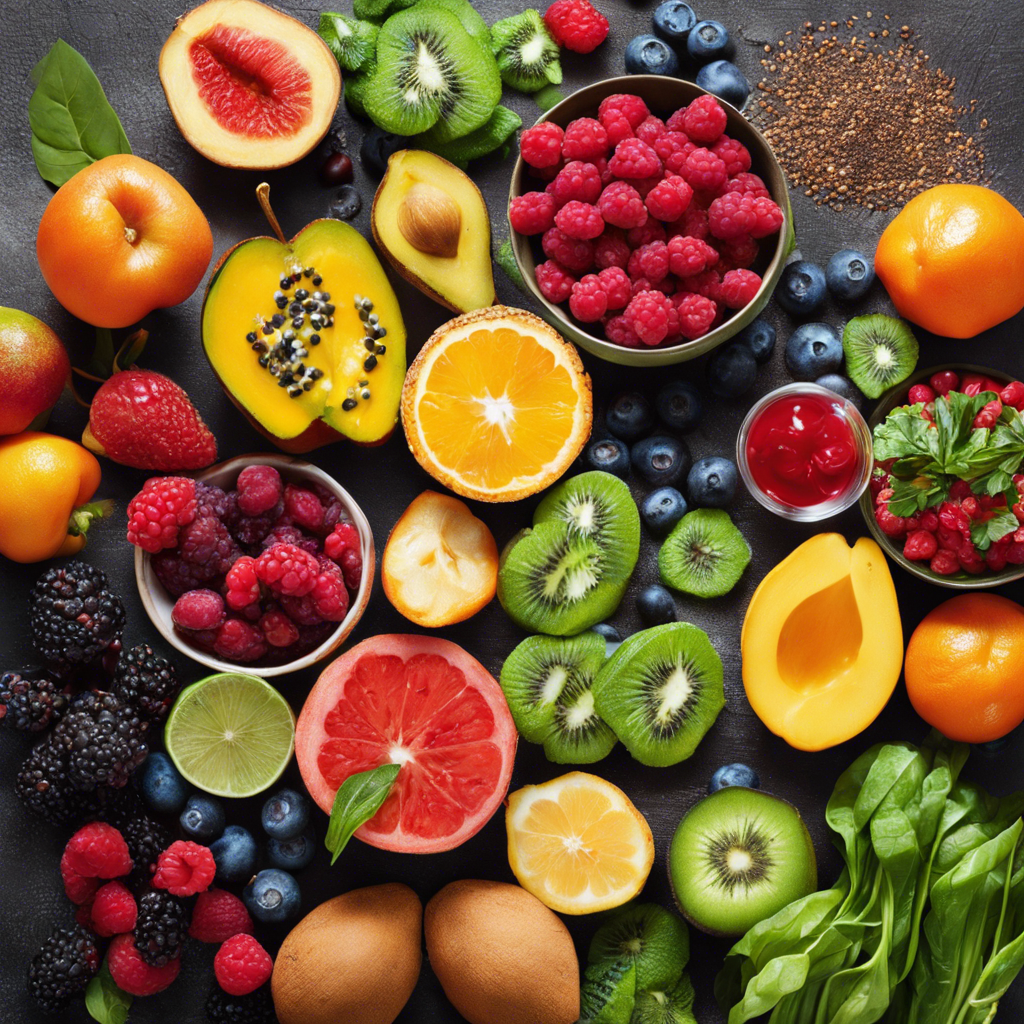Eating healthy and nutritious food doesn’t have to be expensive. Superfoods don’t always come with a hefty price tag, and there are ways to ensure you’re getting the best nutritional value for your money. It’s a common misconception that eating healthily is reserved for those with larger budgets, but with a few simple swaps and an understanding of nutrient-dense foods, anyone can boost their health without breaking the bank. Here are some tips and insights to help you do just that.
Firstly, let’s define what we mean by ‘superfoods.’ These are foods that offer significant nutritional benefits, often containing high levels of antioxidants, vitamins, and minerals, which are known to boost health and reduce the risk of certain diseases. They are often touted as powerful additions to our diets, but the term itself is more of a marketing concept than a scientific one. The good news is that many affordable, everyday foods fall into this category, and learning to recognize them is the first step to healthier eating.
Take, for example, the humble bean. Beans are an excellent source of plant-based protein and are packed with fiber, vitamins, and minerals. They are also incredibly inexpensive and versatile, making them an easy addition to any meal. Oats are another great example. Oats are a whole grain packed with fiber and essential nutrients, providing long-lasting energy and supporting digestive health. They are often much cheaper than other whole grain options and can be used in a variety of ways, from breakfast porridge to baked goods.
Then there are the frozen fruits and vegetables, which are often more affordable than their fresh counterparts and just as nutritious. Frozen produce is picked at its peak ripeness and then flash-frozen, preserving its nutrients, and making it convenient to add to smoothies, stews, and bakes. Canned fish, such as salmon and tuna, are also budget-friendly superfoods, offering a good source of protein and those all-important omega-3 fatty acids.
To eat healthily on a budget, it’s also important to reduce food waste. Buying in bulk may seem cheaper, but it’s only a saving if you use it all. Instead, plan meals in advance, create shopping lists, and consider buying loose produce so you can select the exact quantity needed.
Another tip is to embrace leftovers. Cooking larger batches of budget-friendly meals means you always have a nutritious meal on hand, and it’s a great way to ensure you’re getting the most from your ingredients. Finally, don’t be afraid to experiment with cheaper cuts of meat or go meatless a few days a week. Legumes and pulses are a fantastic and affordable source of protein and can easily be incorporated into tasty, satisfying meals.
Eating healthily on a budget is achievable, and with these simple tips and a better understanding of nutrient-dense foods, you can transform the way you eat, save money, and boost your health at the same time. It’s a win-win situation that makes those so-called superfoods accessible to everyone.
So there you have it, a few simple swaps and a bit of meal planning can go a long way to improving your health and your bank balance. Eating nutritious food doesn’t have to be expensive, and with this approach, you can ensure you and your family are getting all the vitamins and minerals you need, without compromising on taste or spending a fortune. Happy, healthy eating!
